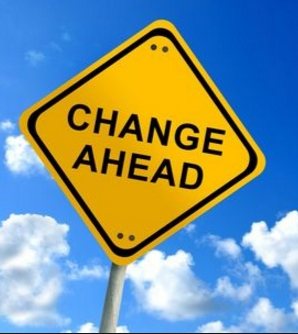Tag: media trends

Marketers Need to Beware Media Changing Trends
Does your business pay attention and beware media changing trends going on around you? I hope you do, as they can be critical to your marketing efforts. Knowing as much as you can about your market and your customers is a great way to start your marketing strategy. Within five years, if you’re in the…